Have you ever wondered why ARFF (Aircraft Rescue Firefighting) vehicles park a certain way at an incident? Or why on a video you saw of a plane on fire, the ARFF vehicles are approaching the incident from different angles while pumping their agent and driving?
ARFF vehicles are capable of spraying a tremendous amount of agent from their two front mounted turrets at an aircraft incident scene. Their specific design allows for the truck to conduct an industry coined “pump and roll” tactic that allows for them to drive and spray agent at the same time. Not only do they have two front mounted turrets to help extinguish fires, but depending on the department’s needs, could also have between one and two pre-connected handlines, and a booster reel to aid with interior fire attacks when warranted.
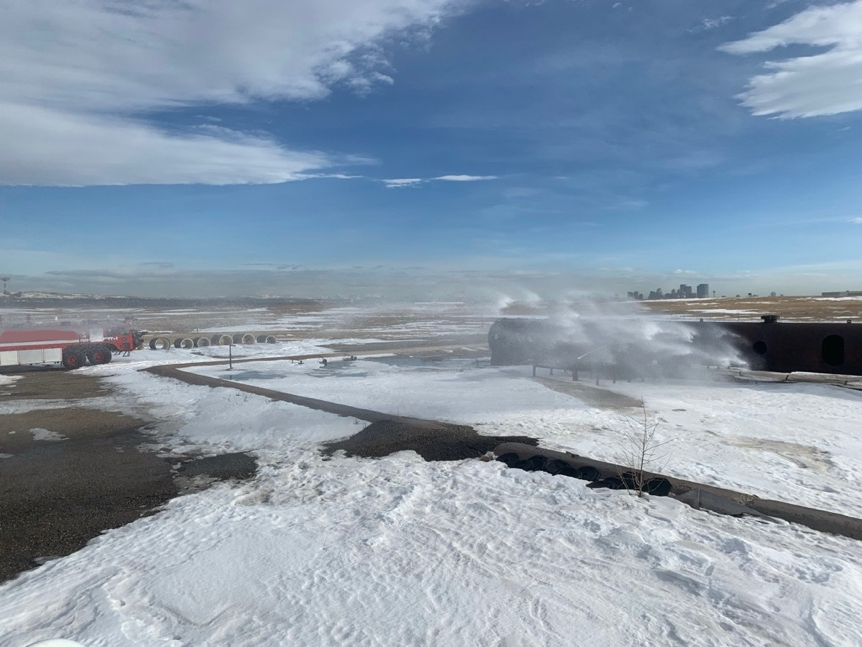
The priority of the first ARFF vehicle is to provide a snapshot to all incoming ARFF vehicles via radio of what is occurring. Once this has been relayed, their task is then to provide a safe exit (rescue path) for all occupants exiting the aircraft. This can seem odd to the untrained as the first ARFF vehicle will most likely be positioned on the side where the fire is not burning – the reason is that airline employees are trained to evacuate planes from the side that has no fire. It then becomes to job of the other two ARFF vehicles to extinguish the fire around the aircraft while the first vehicle protects the evacuating passengers.
While approaching the incident scene, the first arriving truck will also position all remaining ARFF vehicles as to execute an effective incident action plan according to the “tactical priorities” which are rescue, fire suppression, property conservation, and reduction of environmental impact. Using the wind as an advantage, the ARFF vehicles protect the evacuating passengers, extinguish the fire and mitigate the incident all from the cab of the ARFF vehicle.
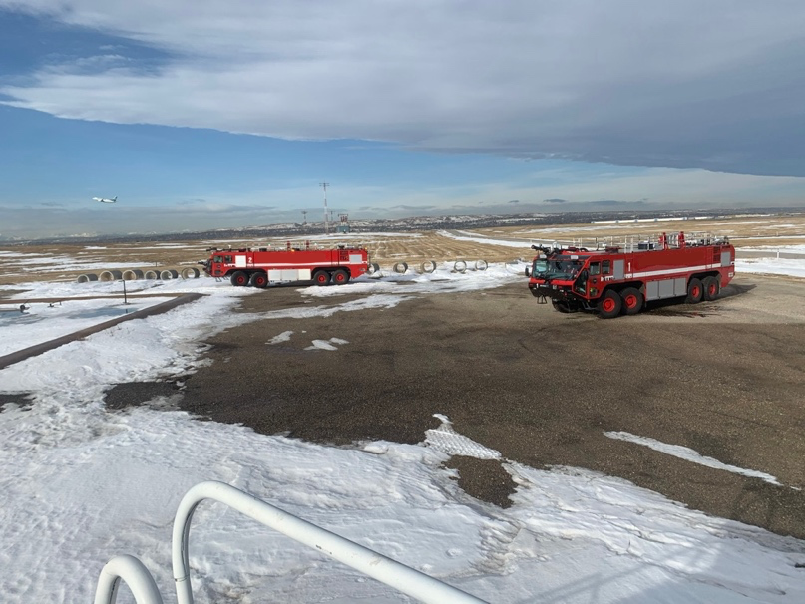
Pictured, Pro-Tec Fire Services Canada crew participated in a training exercise which consisted of positioning of the ARFF vehicles and water application at a simulated aircraft incident. All three vehicles demonstrated proper vehicle positioning, and water application during the incident.
All our firefighters work hard in maintaining a high level of readiness via training exercises, all in preparation for an incident that could happen at any time.
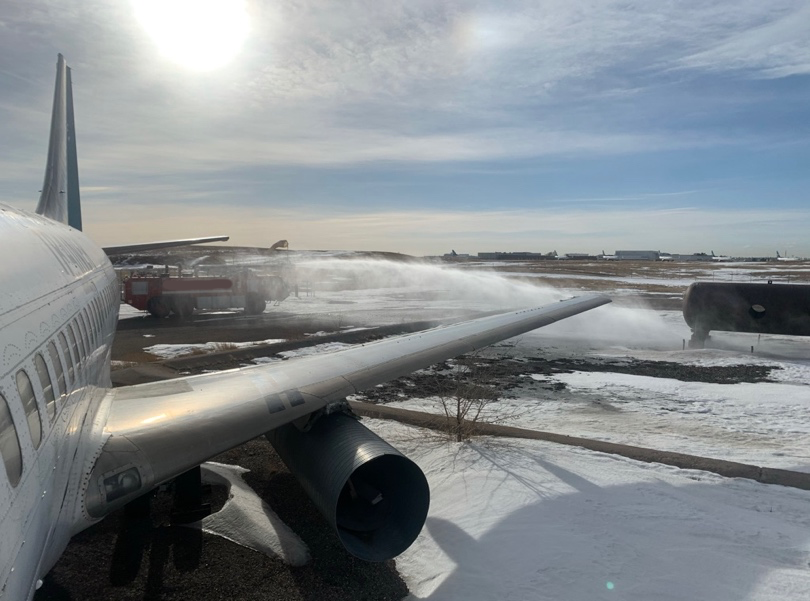
C/O: Captain McPherson
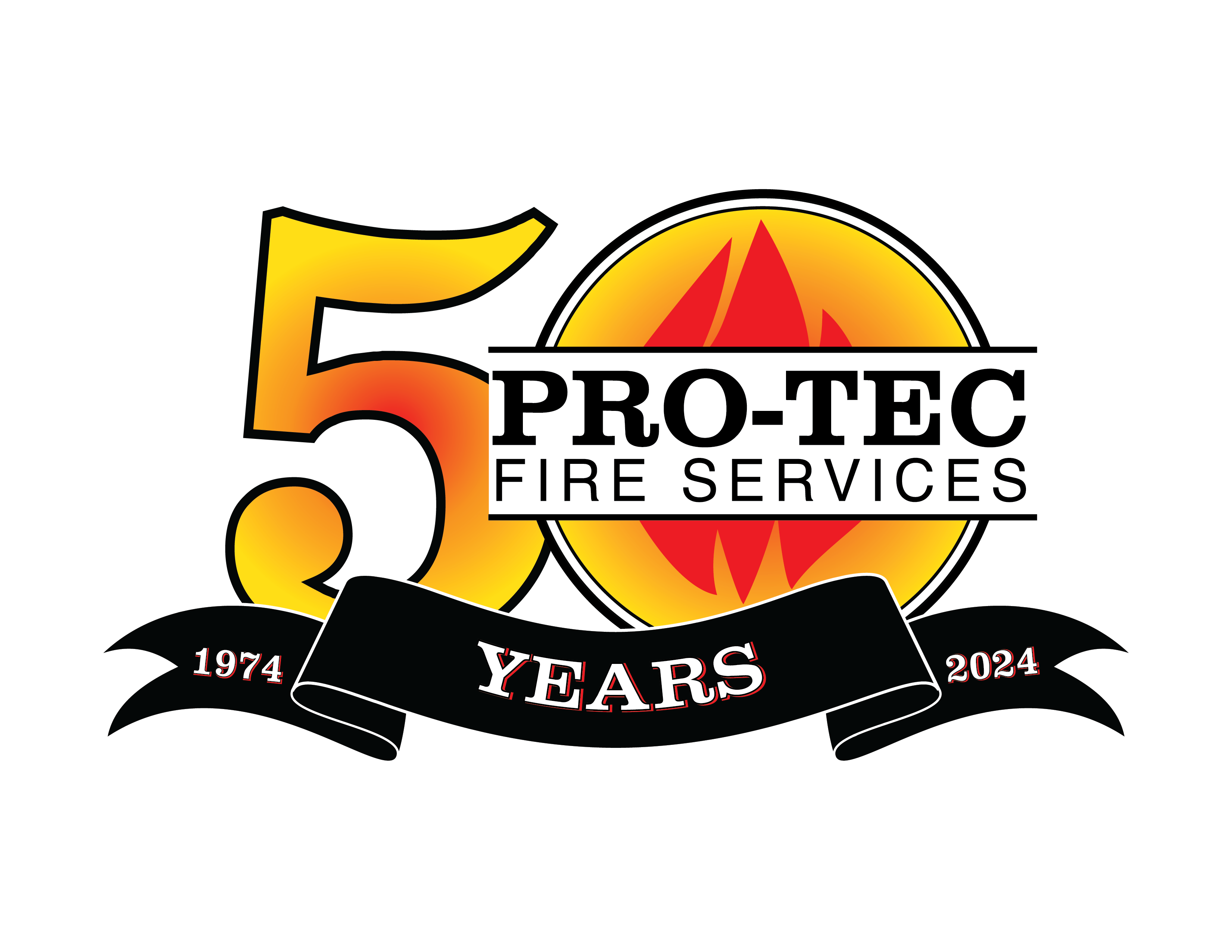
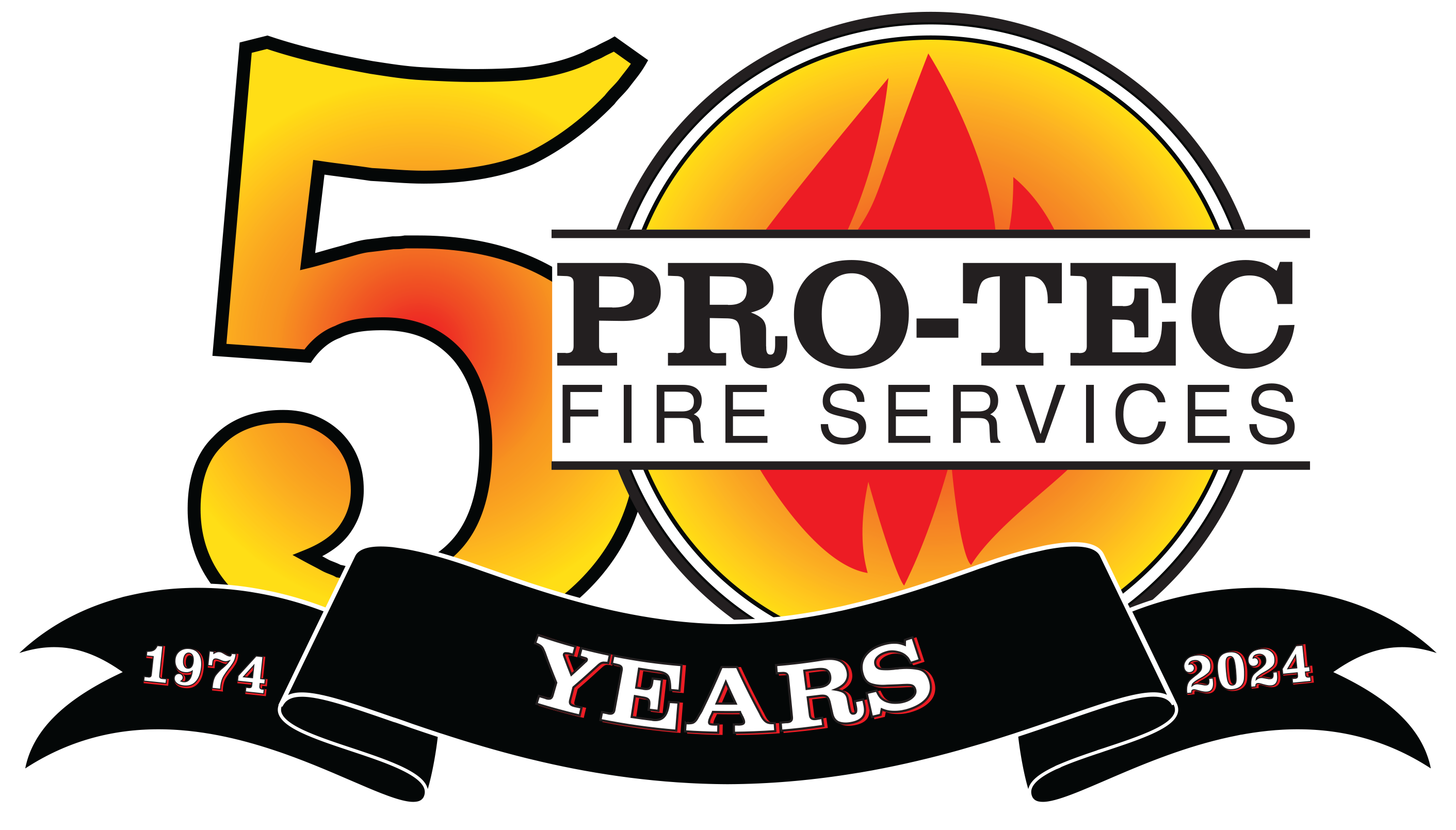
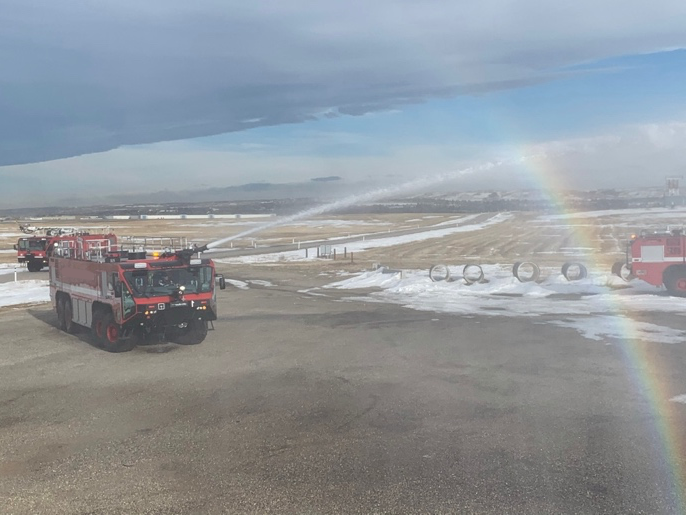
 A retirement savings plan is a financial account that allows individuals to save a portion of their income on a tax-advantaged basis to build funds for use during their retirement years through employer-sponsored plans like a 401(k), where contributions can be made pre-tax or post-tax depending on the plan type, with the goal of growing the money over time through investments to provide income in retirement.
A retirement savings plan is a financial account that allows individuals to save a portion of their income on a tax-advantaged basis to build funds for use during their retirement years through employer-sponsored plans like a 401(k), where contributions can be made pre-tax or post-tax depending on the plan type, with the goal of growing the money over time through investments to provide income in retirement. Pro-Tec supports a work-life balance, encouraging employees to maintain a healthy balance between their professional and personal lives. We offer vacation and sick time benefits to provide employees with paid time off to rest, recharge, and take care of personal health needs. These benefits contribute to a healthier and more engaged workforce, offering flexibility and peace of mind for personal and health-related circumstances.
Pro-Tec supports a work-life balance, encouraging employees to maintain a healthy balance between their professional and personal lives. We offer vacation and sick time benefits to provide employees with paid time off to rest, recharge, and take care of personal health needs. These benefits contribute to a healthier and more engaged workforce, offering flexibility and peace of mind for personal and health-related circumstances. Pro-Tec offers a Flexible Spending Account that allows you to set aside pre-tax dollars for eligible medical, dental, vision and dependent care.
Pro-Tec offers a Flexible Spending Account that allows you to set aside pre-tax dollars for eligible medical, dental, vision and dependent care.
 The Employee Assistance Program (EAP) is offered to all employees and their legal dependents. It is a confidential short term counseling program that is provided at no cost and is available 24/7, 365 days per year. The purpose of an EAP is to assist you with personal, family, or work-related problems that impact your wellbeing.
The Employee Assistance Program (EAP) is offered to all employees and their legal dependents. It is a confidential short term counseling program that is provided at no cost and is available 24/7, 365 days per year. The purpose of an EAP is to assist you with personal, family, or work-related problems that impact your wellbeing. Pro-Tec provides vision insurance through Delta Vision that covers eye exams, contact lenses, glasses, and discounts on services like laser vision correction.
Pro-Tec provides vision insurance through Delta Vision that covers eye exams, contact lenses, glasses, and discounts on services like laser vision correction.
 Pro-Tec offers a UnitedHealthcare benefit which includes access to a large network of doctors and hospitals nationwide, covering a wide range of medical services like preventive care, physician visits, lab tests, emergency care, prescription drugs, mental health services, and more. UHC also offers convenient features like virtual visits and wellness programs.
Pro-Tec offers a UnitedHealthcare benefit which includes access to a large network of doctors and hospitals nationwide, covering a wide range of medical services like preventive care, physician visits, lab tests, emergency care, prescription drugs, mental health services, and more. UHC also offers convenient features like virtual visits and wellness programs.